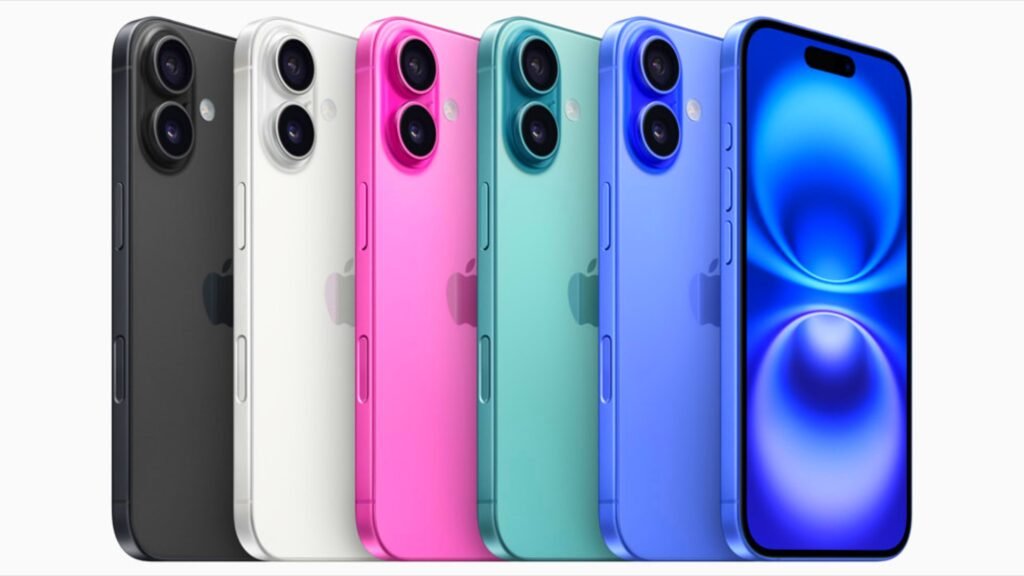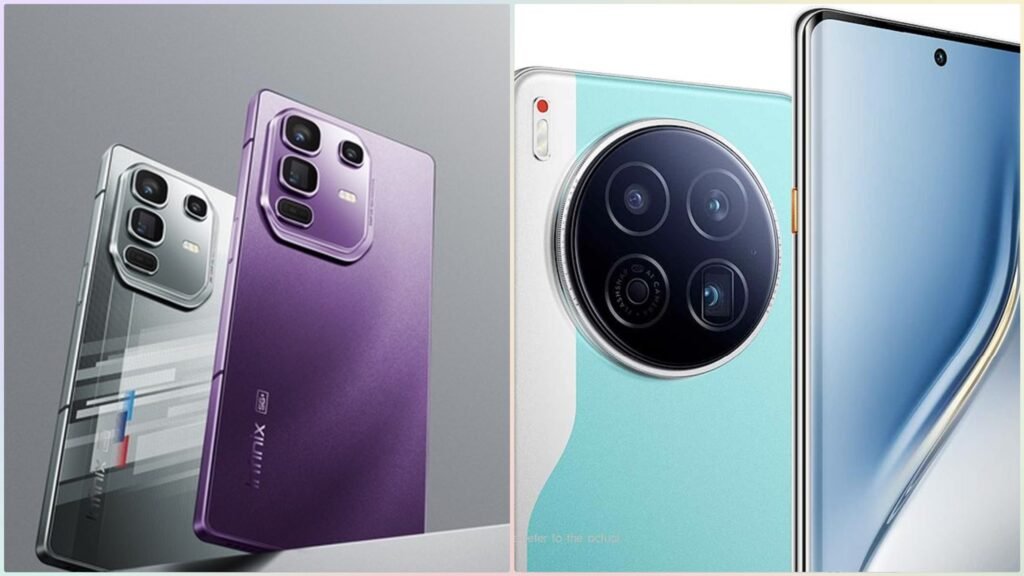Today, we’re pitting two exciting smartphones against each other: the Nothing Phone 3a, a mid-range contender with a unique flair, and the Xiaomi 15, a flagship killer with top-tier ambitions. Both phones bring something special to the table, but which one comes out on top? Let’s break it down step by step
Design and Build:
Nothing’s signature transparent back and Glyph LED interface steal the show here. It’s got a glass back, aluminum frame, and a funky industrial vibe that screams individuality. At 8.4mm thick and 201g, it’s not the slimmest, but it feels premium for its price. The IP64 rating means it’s splash-resistant, though not fully waterproof. The tri-light Glyph adds notification flair and a cool factor no one else matches.
Xiaomi goes for a more conventional yet polished look. It’s sleek, with a glass back and metal frame, likely weighing around 189-192g. Having a higher IP68 rating, it offers full dust and water resistance. The design is elegant but lacks the bold personality of the Nothing Phone 3a.
Winner: Nothing Phone 3a. Its standout design and Glyph lights give it an edge in a sea of sameness, even if Xiaomi’s build quality is likely top-notch.
Display Quality.
Nothing Phone 3a is a 6.77-inch AMOLED display with 1080×2392 resolution, 120Hz refresh rate, and 3000 nits peak brightness. It’s large, smooth, and vibrant, perfect for media and gaming. The 10-bit color and HDR10+ support add depth, though the resolution isn’t the sharpest at this size.
Xiaomi 15 is a 6.36-inch AMOLED with a higher 1200×2670 resolution, 120Hz refresh rate, and 3200 nits brightness. It’s slightly smaller but sharper, with excellent color accuracy and possibly LTPO tech for adaptive refresh rates, saving battery.
Winner: Xiaomi 15. The higher resolution and potential LTPO tech give it a slight edge for clarity and efficiency, though the Nothing Phone 3a’s bigger screen is great for immersion.
Performance and Hardware
Nothing Phone 3a is powered by the Snapdragon 7s Gen 3, with an octa-core CPU and The graphics are handled by the Adreno 710 GPU, which operates at a clock speed of 940 MHz. Paired with 8GB or 12GB RAM and up to 256GB storage, it’s solid for daily tasks and moderate gaming.
Xiaomi 15 rocks the Snapdragon 8 Elite chipset, with a beefier CPU, and Adreno 830 GPU, a superior Adreno GPU of Nothing 3a, and 12GB RAM plus 512GB storage. This is a performance beast, crushing intensive games and multitasking with ease.
Winner: Xiaomi 15. It’s no contest—flagship-grade power obliterates mid-range performance, even if the Nothing Phone 3a holds its own for its tier.
Camera:
Nothing Phone 3a features a triple-camera setup with a 50MP main with OIS, an 8MP ultrawide, and a 50MP telephoto with 2x optical zoom. The 32MP selfie camera shoots 1080p. It’s versatile for a mid-ranger, with decent daylight shots and solid zoom, though the ultrawide is basic, and low-light performance may lag. For selfies, the standard model has a 32 MP front camera.
Xiaomi 15 is triple setup, featuring a 50MP main with OIS and larger sensor, 50MP ultrawide, and 50MP telephoto with approximately 3x optical zoom, plus a 32MP selfie cam with 4K video. Xiaomi’s Leica-tuned optics give a stellar detail, dynamic range, and night mode prowess.
Winner: Xiaomi 15. Superior sensors, zoom, and software tuning make it a photography champ, though the Nothing Phone 3a punches above its weight for the price.
Battery and Charging:
Nothing Phone 3a has a 5000mAh battery with 50W wired charging (50% in 19 mins, 100% in 56 mins). It’s built for longevity, easily lasting a day or more, but lacks wireless charging.
Xiaomi 15: Probably a 5240mAh battery with 90W wired charging (full charge in ~25 mins) and 50W wireless charging. It matches or slightly trails in capacity but charges much faster.
Winner: Xiaomi 15. Faster charging and the wired and wireless charging capacity edge out.
Software.
Nothing Phone 3a runs Nothing OS 3.1 on Android 15, with a minimalist, dot-matrix aesthetic and Glyph integration. It’s clean, fast, and unique, with 3 years of OS updates and 6 years of security patches.
Xiaomi 15 operates on HyperOS 2.0 on Android 15, packed with customization and features, but heavier than Nothing OS. It’ll get 4-5 years of OS updates, aligning with flagship standards.
Winner: Tie. Nothing OS is lighter and more distinctive, while HyperOS offers more tools-pick based on your preference.
Price.
Nothing Phone 3a: Starts at ~$380 (12GB/256GB), a steal for its features.
Xiaomi 15: Expected at ~$700-$800, reflecting its flagship status.
Winner: Nothing Phone 3a. It’s half the price for 80% of the experience.
Final Verdict: Who Wins?
Nothing Phone 3a: Wins for design, value, and a refreshing take on mid-range phones. It’s perfect if you want something unique without breaking the bank.
Xiaomi 15: Takes the crown for performance, display, camera, and charging. It’s a better phone overall if budget isn’t a concern.
Overall Winner: Xiaomi 15. It’s the more complete package, delivering flagship excellence across the board. That said, the Nothing Phone 3a is a fantastic choice for budget-conscious buyers who value style and solid performance—don’t sleep on it!








